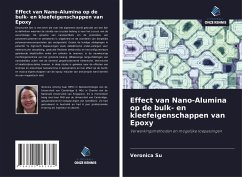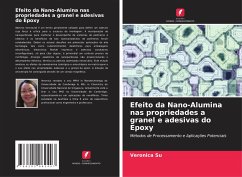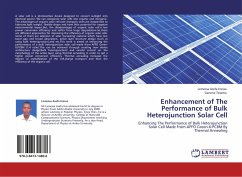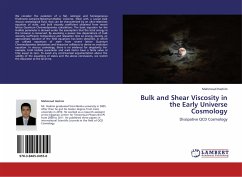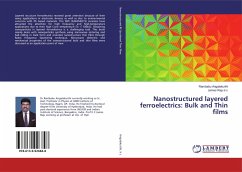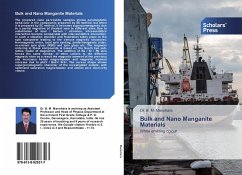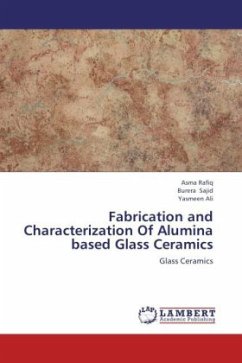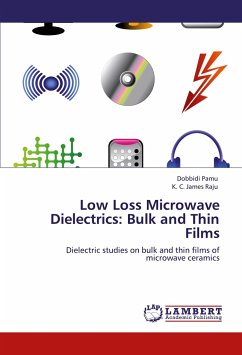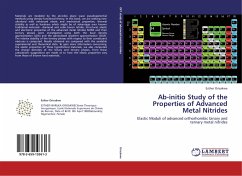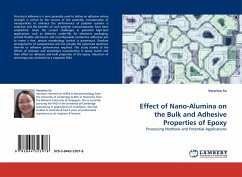
Effect of Nano-Alumina on the Bulk and Adhesive Properties of Epoxy
Processing Methods and Potential Applications
Versandkostenfrei!
Versandfertig in 6-10 Tagen
32,99 €
inkl. MwSt.

PAYBACK Punkte
16 °P sammeln!
Structural adhesive is a term generally used to define an adhesive whose strength is critical to the success of the assembly. Incorporation of nanoparticles to enhance the performance of polymer systems is extensive and the benefits of such polymer nanocomposites have been established. Given the current challenges in potential high-tech applications such as dielectric under-fills for electronic packaging, printed flexible electronics and reconfigurable conductive adhesives just to name a few, precise morphology control is paramount. Random arrangements of nanoparticles will not provide the opt...
Structural adhesive is a term generally used to define an adhesive whose strength is critical to the success of the assembly. Incorporation of nanoparticles to enhance the performance of polymer systems is extensive and the benefits of such polymer nanocomposites have been established. Given the current challenges in potential high-tech applications such as dielectric under-fills for electronic packaging, printed flexible electronics and reconfigurable conductive adhesives just to name a few, precise morphology control is paramount. Random arrangements of nanoparticles will not provide the optimized electrical, thermal or adhesive performance required. This study looked at the effects of isotropic and anisotropic nanoalumina in epoxy matrix and their effect on adhesive and bulk properties of the epoxy. Induction of anisotropy was achieved via a magnetic field.



